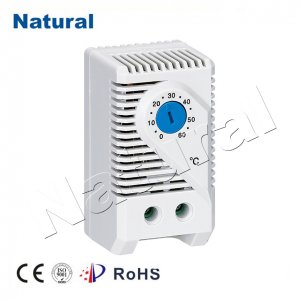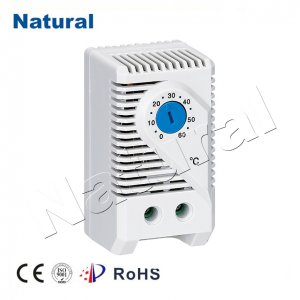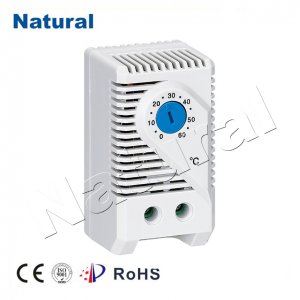A cabinet thermostat is a crucial component in many industrial and commercial applications, designed to regulate and maintain optimal temperatures within enclosed spaces. This device is especially vital in environments where precise temperature control is essential for the proper functioning of equipment or preservation of sensitive materials.

The primary function of a cabinet thermostat is to monitor and control the temperature inside a cabinet or enclosure. It achieves this by using a temperature-sensitive element, such as a bimetallic strip or a thermistor, to detect fluctuations in temperature. Once the thermostat detects that the temperature has deviated from the setpoint, it triggers an action, usually activating or deactivating a heating or cooling system to bring the temperature back to the desired level.

Cabinet thermostats are widely used in various industries, including electronics, pharmaceuticals, and food processing. In the electronics industry, for instance, maintaining a stable temperature within a cabinet housing sensitive components is crucial to ensure the longevity and reliability of the equipment. Excessive heat can lead to overheating and potential failure of electronic components, making the thermostat’s role in temperature regulation indispensable. In the pharmaceutical industry, cabinet thermostats help maintain the required storage conditions for medicines and vaccines. Many pharmaceutical products are highly sensitive to temperature changes, and even minor deviations can compromise their efficacy. A reliable thermostat ensures that these products are stored at the correct temperatures, thus safeguarding their quality and effectiveness.
